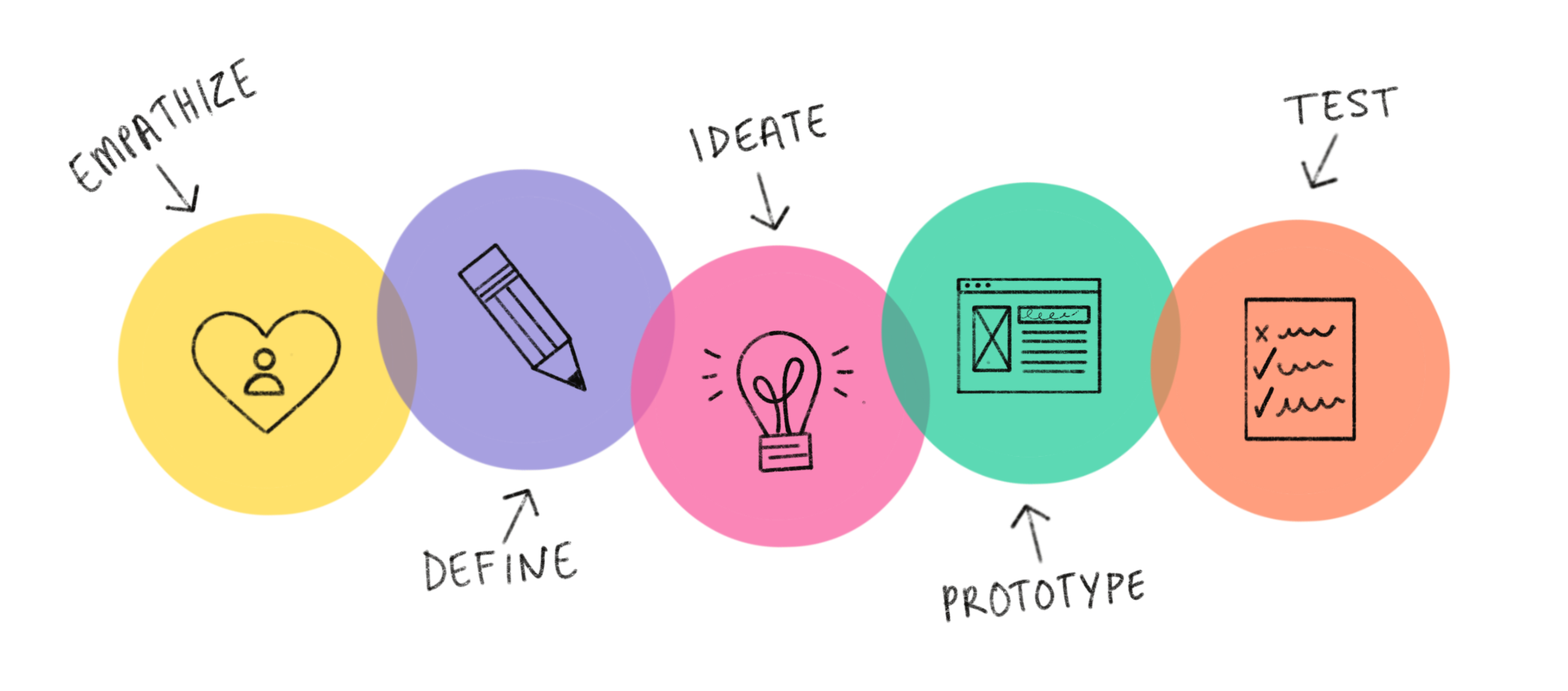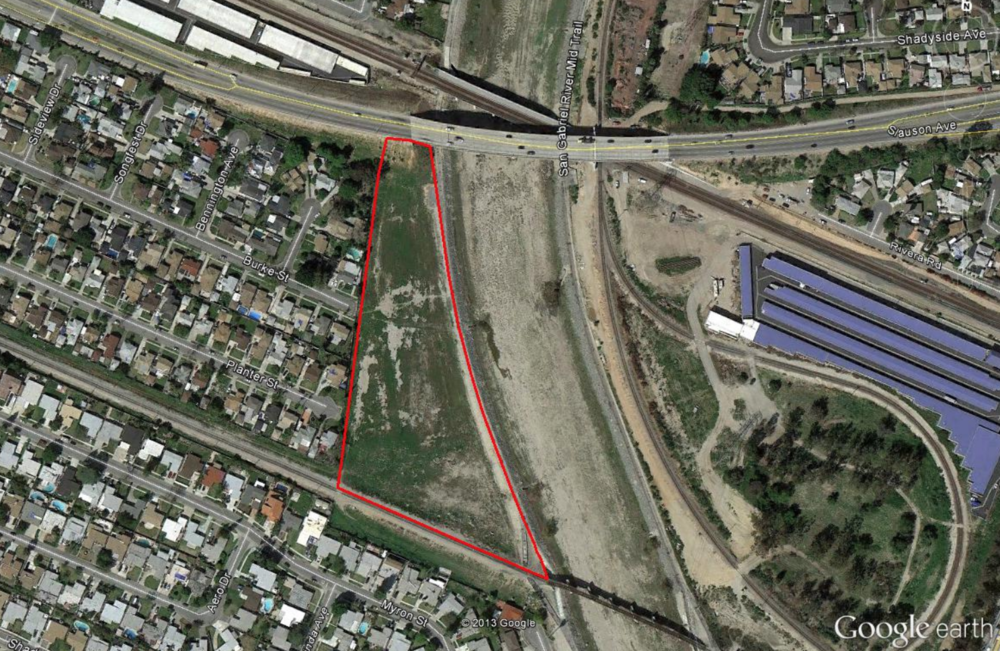Environment Design: Partnering with Environmental Scientists to improve Digital Government
Digitizing Brownfields Land Redevelopment Program
For this project, my goal was not just to digitize a paper form, but to use a design thinking approach to help evolve the product into an user-centric digital application process. I led the team to reinvent a government service that worked across multiple touch-points and to simplify complex interactions between departments and applicants.
This one year project involved implementing new functionalities in a IBM enterprise application, creating a new user interface and ensuring that the user experience between front and back-end was seamless and meaningful.
Teammates
2 Business Analysts
3 Assistant Business Analysts
Developers
Systems Designer, Data Architect and Modellers
UI Designer
Lawyers
Subject Matter Experts (15 District Offices, Engineers, Policymakers, Review Staff)
The Design Thinking Approach
Design Thinking Approach: A framework for innovation through empathize, define, ideate, prototype and test phases
For this project, I introduced the team to adopt a design thinking approach that introduces empathy to solve difficult business problems in order to create and test sustainable outcomes that work for real people and organizational goals.
DEFINING THE PROBLEM
What is the problem?
What are Brownfields? Why should we care?
In the Toronto downtown core, Brownfield land redevelopment property values were estimated to be $22.7 Billion
Brownfields are abandoned, vacant, underutilized properties where past actions have resulted in actual or perceived contamination but where there is an active potential value for economic, environmental and social redevelopment.
As the current paper based application process is 5 years on average to complete, the government recognizes that an improved electronic service delivery is essential to streamline and enhance the user experience with the program as real estate values increase across provinces.
Internal Challenges
There had been two previous attempts to digitize the paper-based Brownfields program in 2004 and 2011 that relied on traditional business requirement gathering techniques through Excel and focus groups that were unsuccessful because the process was too technical, lengthy and unclear.
EMPATHIZING WITH USERS
Understanding our users in-depth
UX Research
In order to help the design team to better understand the users, I chose to conduct one-on-one interviews with users that submit, review and make a decision on the file. I went on the field and interviewed engineers, hydrogeologists, district office engineers, policy and program staff in their natural work environment.
The goal of stakeholder interviews was to understand all facets of the design challenge. By speaking with subject matter experts, important historical knowledge about the decade old Brownfields business process came up too. I became cognizant of past project failures and took them in as lessons learned and important guidance for our current project.
As a result of the in-depth user interviews, I created personas with a detailed list of frustration and suggested process enhancements. This list included features that other competitor products had but ours was missing.
I created Personas to help the broader team ground better decisions based on user motivations and behaviours.
Clarifying our understanding of user journeys
I mapped the series of interactions that are necessary to fulfill the applicants needs and the resulting emotional states the end user experiences throughout the process.
Journey Mapping & Service Design
I wanted to guide my team to stay away from the “internal-needs first” design mindset. Instead I encouraged the team to think from an “applicant-first” mindset on about how might we improve the applicant’s experience submitting a Brownfields Redevelopment application.
I decided to host a design-thinking session where we invited all of our internal departments and IT teams to go through an end-to-end customer journey mapping exercise.
Shifting the lens to understand the submission process from the applicant’s perspective helped our teams find alignment which resulted in a focused goal on finding efficiencies that made the applicant’s experience better.
Mapping user flows across products and teams
Translating Requirements into Technical Documentation
I created user flows based on each user to clarify tasks and goals. I made sure that we understood the process very well and encouraged cross-functional teams to question the process and identify efficiencies in the user flows. It wasn't an easy task - many of the problems we ran into in the business process were systemic organizational issues with communication challenges.
However, with all the different Brownfields departments in the same room, we were able to build consensus by understanding the process in depth. As a result, we clearly identified the roles, key touch points and mapped out steps in sequential order between multiple departments.
IDEATION & PROTOTYPING
Co-designing and testing ideas
In the development of back-office processes to review the submission it was important for us to empower front-line staff who were the experts in their domain in the design of the digital user experience.
I was particularly interested in understanding how we can produce the most value for them which our current business process does not meet. These exploratory questions helped humanize the experience with the new solution which made adoption smoother for real end users.
Our weekly rapid prototyping sessions with users allowed us to leverage the expertise of Subject-Matter-Experts and validate our biggest assumptions in an early stage of the design process. We sketched many iterations before we digitized the content into interactive mockups.
In addition, all staff had access to the mockups during the week and were able to comment directly on the UI and provide instant feedback to our IT team. As a result, the prototypes allowed us to challenge our assumptions and producing an experience that better met user needs.
OUTCOMES
High value user-centered decisions
The knowledge I gained from the weekly session co-designing with end users was priceless. The biggest changes resulting from this research are outlined below:
REDUCING SUBMISSION TIME
I worked closely with the different departments who owned the forms to re-evaluate the submission process. We uncovered one document submitted by the applicant that serves no value to the review team and we sought to remove it. It was a challenge because many of the requirements were based on legislation and had legal implications which made it difficult to remove.
Together as a team we were able to work with the lawyer and policy staff to request regulatory amendments to remove requirements that no longer served value to the submission review process and was difficult for the applicant to obtain.
IMPROVING COMMUNICATION
Through user research a common theme consistently emerged - staff were frustrated in tracking separate physical letters and emails that were sent to applicants. This task was especially challenging when multiple staff in different offices in Ontario were involved in one submission file.
It was quickly known that a common pain-point for staff was not having a system to consistently track different forms of communication. Without a digital platform, there was no system in place to track conversations between the applicant and the review team members that worked on the administrative and technical review of the file.
With the new digital solution, we provided a common medium to share dialogue and decisions for each submission that can be easily shared and accessed by review staff to catch them up to speed on the file. This mitigated the problem of an inconsistent customer service experience for applicants and improved internal communication and knowledge transition.
SMART FORM REDUCES ADMINISTRATIVE ERRORS
In the paper format, submissions often had administrative errors, incomplete fields, and even sent to the wrong district office for review which led to delayed review times.
With the digital platform there were processes that could be automated to prevent human error. I worked with cross-functional teams to examine statistics collected by the administrative check teams to determine text fields with most common errors. We then worked with developers to program business rules & logic to automate check and balances in place for the submission process. This way the system can reduce submission return rates which will expedite application review and decision timelines to benefit applicants.
Client Testimony
“Early prototyping and visualisation of the digital solution showed a level of clarity to the requirements that put our teams in full confidence. ”








